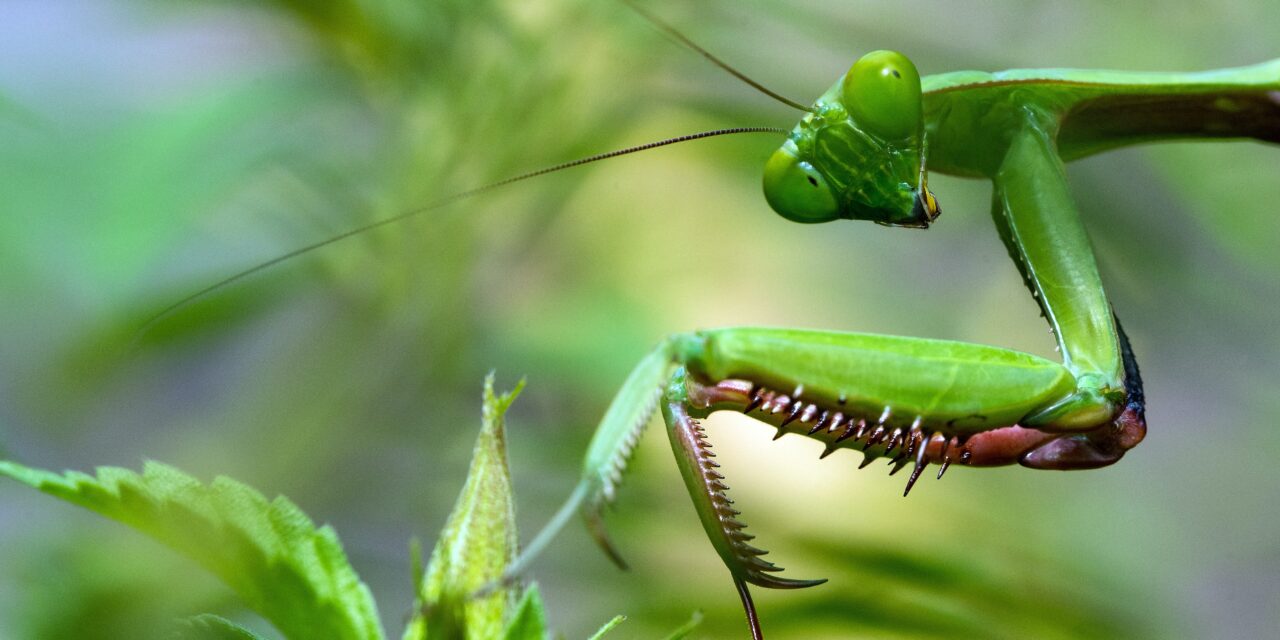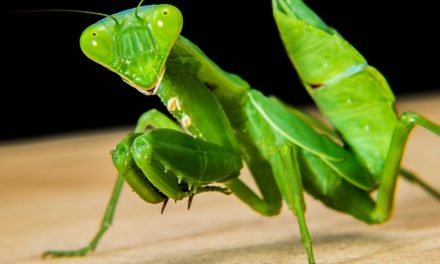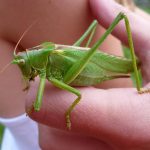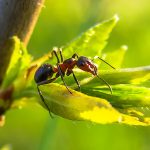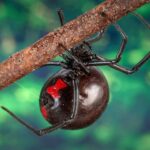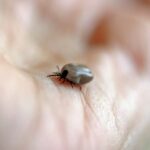Praying mantises are fascinating and highly specialised insects that are well-known for their distinctive appearance and predatory behaviour. These insects are found in a wide range of habitats around the world, from tropical rainforests to temperate gardens and meadows. With their long, slender bodies, large eyes, and sharp forelegs, praying mantises are perfectly adapted for catching and consuming a wide variety of prey, including other insects, spiders, and even small vertebrates.
Although they are formidable hunters, praying mantises are also delicate and often elusive creatures, making them a subject of fascination and study for scientists and naturalists alike. Whether you encounter them in your garden or on a nature hike, praying mantises are sure to captivate your attention and leave you in awe of their remarkable adaptations and behaviours. In this article, we will discuss the benefits of praying mantises in the garden, their habitat, and what they like to eat.
Why are praying mantises beneficial?
Praying mantises can be very beneficial for a number of reasons:
Pest control
Praying mantises are natural predators and can help control the population of insects in your garden. They prey on a variety of insects, including moths, flies, crickets, grasshoppers, and even other pests like aphids and caterpillars. By reducing the number of pests in your garden, praying mantises can help protect your plants from damage.
Natural and chemical-free solution
Unlike pesticides and insecticides, praying mantises are a natural solution for controlling pests in your garden. They do not harm the environment or other animals, and they do not leave harmful residues on your plants.
Easy to attract
Praying mantises are attracted to gardens with a variety of plants and flowers that attract insects. By providing a diverse habitat with a variety of vegetation, you can attract praying mantises to your garden.
Education
Praying mantises are fascinating creatures and can be a great learning experience for children and adults alike. Observing their behaviour and life cycle can teach us about the natural world and the importance of conservation.
Praying mantis habitat
Praying mantises are found in a wide range of habitats, from tropical rainforests to temperate meadows and gardens. They prefer areas with plenty of vegetation and shelter, such as tall grasses, bushes, and trees. Many species of praying mantises are also attracted to areas with a high concentration of insects, as this provides a reliable source of food. While they can be found in a variety of environments, praying mantises are most commonly seen in warm, humid areas, where they thrive and reproduce most successfully.
Do praying mantises have a purpose?
Yes, praying mantises have a purpose in their ecosystem. They are natural predators and help control the populations of insects in their environment. By feeding on other insects, they help keep their populations in check and prevent them from damaging plants and crops.
In addition, praying mantises are also a food source for other animals in their ecosystem, such as birds, frogs, and lizards. Therefore, they play an important role in the food chain and contribute to the overall biodiversity of their habitat.
Furthermore, observing praying mantises and learning about their behaviour and life cycle can be a fascinating and educational experience, which can help promote an appreciation for the natural world and the importance of conservation.
What do praying mantis eat?
Praying mantises are predatory insects and feed on a variety of small animals, including other insects, spiders, and even small vertebrates like lizards and frogs. Some of the common prey items of praying mantises include:
- Moths and butterflies
- Flies and mosquitoes
- Grasshoppers and crickets
- Beetles and other insects
- Spiders
Praying mantises are ambush predators and use their excellent camouflage and quick reflexes to capture their prey. They have specialised forelegs that are adapted for grasping and holding their prey while they consume it. After capturing their prey, praying mantises will typically devour it while it is still alive, using their sharp mandibles to tear it apart and consume it piece by piece.
In addition to their role as predators, praying mantises are also known to cannibalise each other, particularly during mating or when they are housed together in captivity. However, this behaviour is less common in the wild, where praying mantises have access to a wider range of prey items.

Do praying mantises eat slugs?
Praying mantises are not known to specifically target slugs as a food source, but they may eat them if they come across them. Slugs are not a preferred prey for praying mantises because they have a slimy and slippery texture, which can make them difficult to catch and eat. However, if a praying mantis encounters a slug while foraging for food, it may attempt to catch and consume it.
Are there praying mantises in the UK?
Yes, praying mantises can be found in the UK, although they are not native to the region. Praying mantises are originally from warmer regions of the world, such as Africa, Asia, and the Americas. However, they have been introduced to other parts of the world, including the UK, as a result of international trade and commerce.
There are several species of praying mantises that have been reported in the UK, including the European mantis (Mantis religiosa) and the Chinese mantis (Tenodera sinensis). These species are not considered harmful to the environment or human health, and they are not classified as invasive in the UK.
Praying mantises are generally not common in the UK and are usually only found in small populations in certain areas. If you happen to spot a praying mantis in your garden or local area, it can be a fascinating and rare sighting, but it’s important to avoid disturbing or harming them, as they are beneficial predators in the ecosystem.
Do praying mantises fly or bite?
Praying mantises do not have wings, so they are not capable of true flight. However, some species of mantises have modified forelegs that resemble wings and allow them to glide short distances.
In terms of biting, praying mantises are not typically aggressive towards humans and are not known to bite unless they are provoked or feel threatened. If a praying mantis does bite, it is usually not harmful to humans and may only cause a small, temporary irritation.
It’s important to treat praying mantises with respect and avoid handling or disturbing them, as they are delicate creatures that can be easily injured or stressed. If you do need to move a praying mantis out of harm’s way, it’s best to gently coax it onto a piece of paper or other flat surface and move it to a safe location.

How to attract praying mantises
If you want to attract praying mantises to your garden, there are several things you can do:
Provide a diverse habitat
Praying mantises are attracted to gardens with a variety of plants and flowers that attract insects. By providing a diverse habitat with a variety of vegetation, you can attract a wide range of insects, which in turn may attract praying mantises.
Avoid pesticides
Praying mantises are natural predators and are sensitive to chemicals in the environment. Avoid using pesticides or other chemical insecticides in your garden, as these can harm not only the insects but also the praying mantises that prey on them.
Provide shelter
Praying mantises need a place to rest and hide during the day. You can provide shelter for them by leaving patches of tall grass or weeds, or by placing small shelters, such as overturned flower pots, in your garden.
Use light
Some species of praying mantises are attracted to light. You can place a small light near your garden to attract them at night.
Purchase eggs
You can also purchase praying mantis egg cases from gardening or pet stores and release them into your garden. This can be an effective way to establish a population of praying mantises in your garden.
The dangers of introducing non native species
While praying mantises can be a beneficial addition to a garden or ecosystem, it’s important to be mindful of the potential risks associated with introducing non-native species into a new environment. When a species is introduced to a new area, it may lack natural predators or competitors, which can lead to uncontrolled population growth and harm to the local ecosystem. Non-native species can also outcompete and displace native species, reducing the overall biodiversity and health of the ecosystem.
In the case of praying mantises, while they may not pose a significant threat to native species in certain regions, their introduction could have unintended consequences. For example, some species of praying mantises have been known to prey on beneficial insects like honeybees, which could harm local agriculture and food production.
Therefore, it’s important to exercise caution when introducing any non-native species, and to consult with experts and local authorities to ensure that the introduction will not have negative impacts on the local ecosystem. If you are considering introducing praying mantises to your garden or other area, it’s important to do so with care and consideration, and to monitor their impact on the local environment over time.
Final thoughts
Praying mantises are remarkable and fascinating insects that play an important role in many ecosystems around the world. As natural predators, they help to control the populations of many smaller insects and other small animals, contributing to the overall health and balance of the ecosystem. However, it’s important to be mindful of the potential risks associated with introducing non-native species into a new environment, and to approach the introduction of praying mantises with caution and care. By creating a healthy and diverse ecosystem and providing a range of resources and habitats for local wildlife, we can help to support and promote the important role that praying mantises and other beneficial insects play in our environment.

